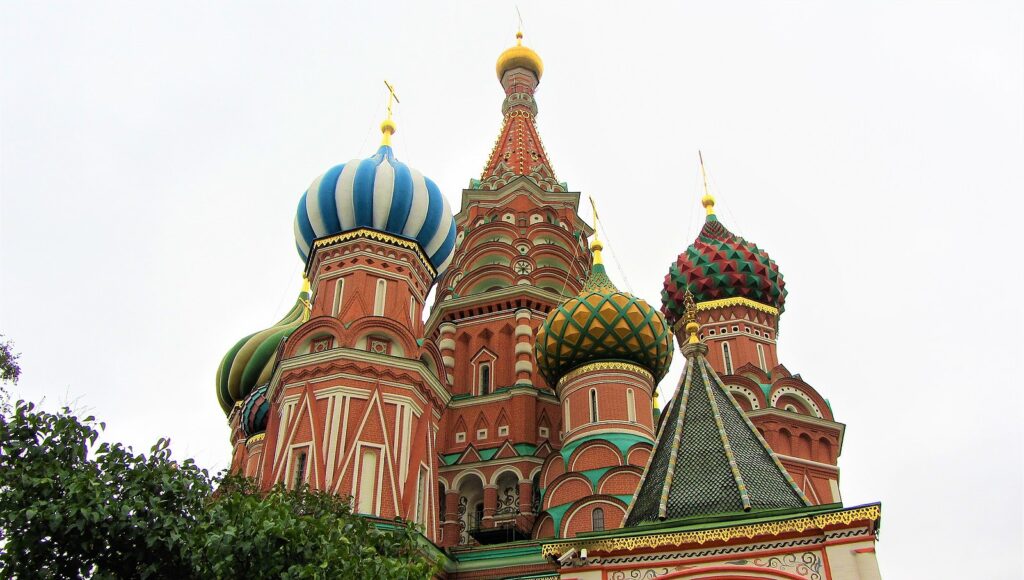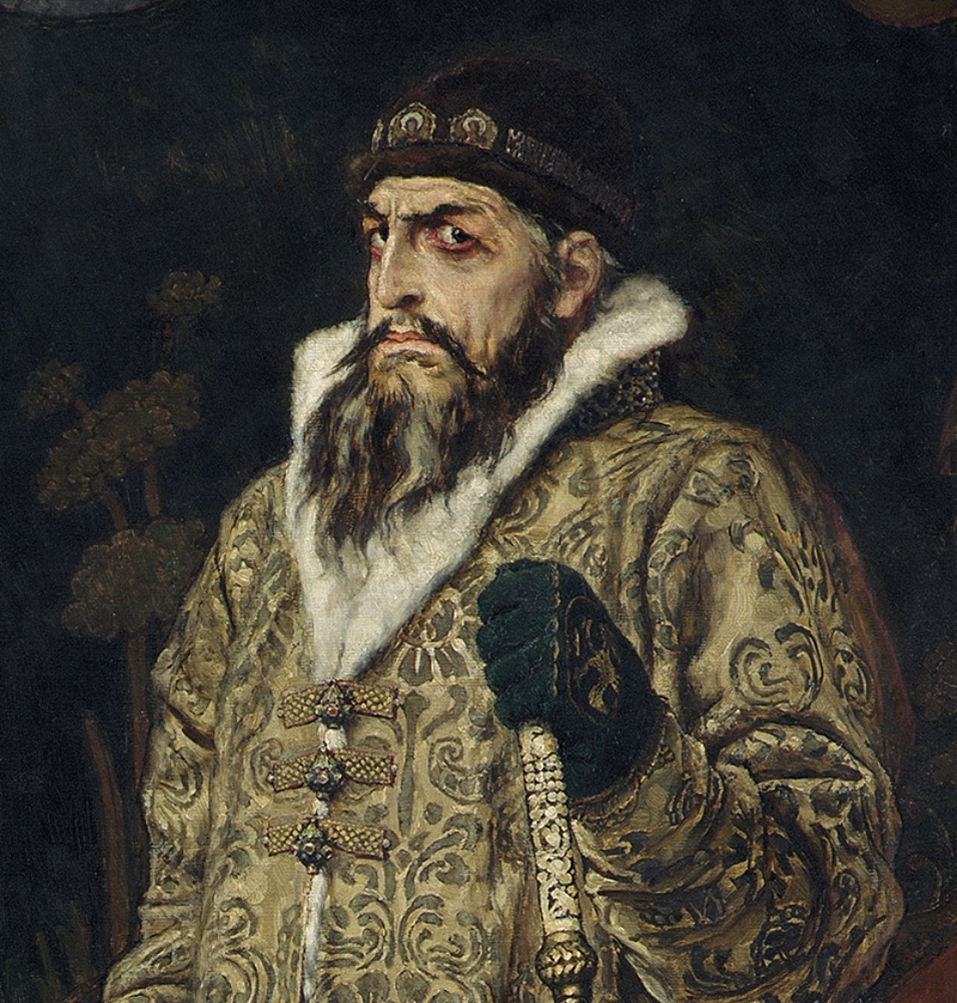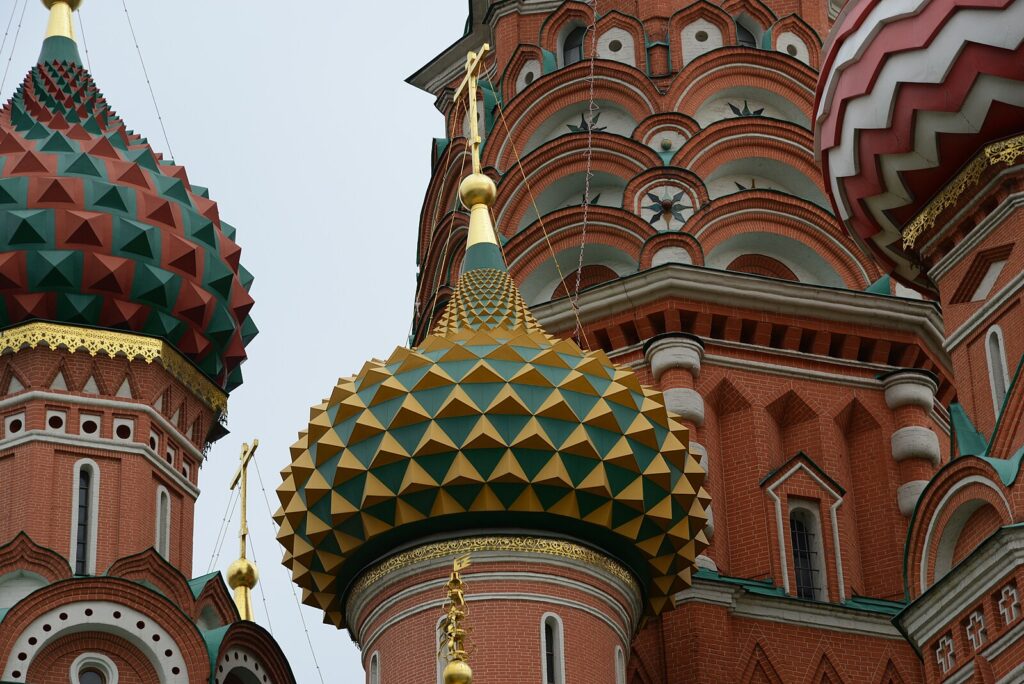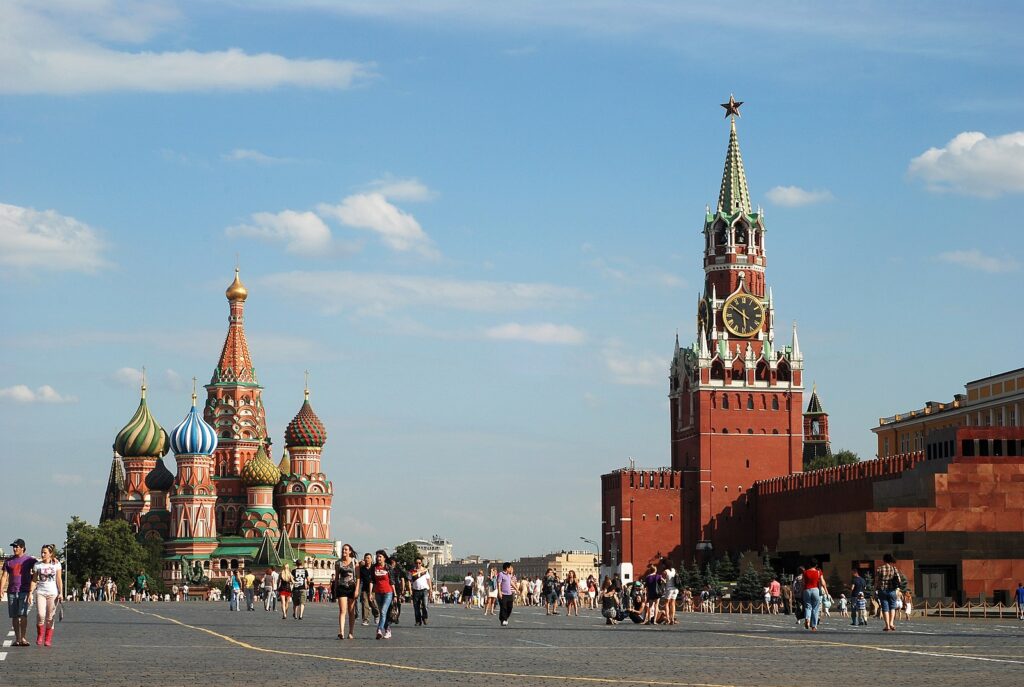Perched majestically at the heart of Moscow’s Red Square, Saint Basil’s Cathedral, or the Cathedral of the Intercession of the Most Holy Theotokos on the Moat, is undeniable proof of Russian architectural brilliance.
Its intricate design, adorned with vibrant, eye-catching colors, gives it a fantastical air. However, this iconic landmark is much more than meets the eye.
Commissioned by Ivan the Terrible in the 1500s, Saint Basil’s Cathedral is more than an architectural wonder–it’s a symbol of pride for Russia as a whole. While it graces countless postcards and tourism brochures, delving deeper into the history of the cathedral reveals some surprising facts.
Let’s uncover some of these intriguing facts, going back in time to see what makes Saint Basil’s Cathedral so legendary.

Saint Basil’s Cathedral
Before we get into the facts about the cathedral, let’s go over a few things.
What Does Saint Basil’s Cathedral Look Like?
Saint Basil’s Cathedral’s appearance is iconic, and it’s known for two main features–its brilliant colors, and its onion domes.
The cathedral is composed of multiple chapels. Each one is topped with onion domes of various colors, including blues, reds, greens, and even gold. Its appearance is likened to a flame reaching for the sky.
The History of Saint Basil’s Cathedral
In the 16th century, Ivan the Terrible commissioned Saint Basil’s Cathedral for Saint Basil the Blessed, a venerated local saint. Its construction was meant to commemorate the capture of Kazan and Astrakhan and to celebrate Russia’s victory over the Tatars.
It’s composed of ten chapels, each with its own distinctive onion dome.

Facts about Saint Basil’s Cathedral
1-Legend of the Architect
Russian historical documents list the names “Barma and Postnik Yakovlev” as the architects of Saint Basil’s. This led to some questions about whether it was one or two men who designed the cathedral.
But the confusion concerning the architect isn’t the most interesting part. The legend of the architect of the cathedral states that Ivan the Terrible had him blinded after the construction of Saint Basil’s Cathedral so he wouldn’t be able to create anything like it anywhere else.
This legend rings false when we consider that Postnik Yakovlev was recorded as the architect of future projects in Russia.
2-The Cathedral’s Changing Colors
While it’s now famous for its unmistakable color pattern, Saint Basil’s Cathedral was originally painted white with glittering golden onion domes.
It wasn’t until 200 years after construction that the cathedral gained its colors, which were based on a passage in the Book of Revelation.
3-One Cathedral, Ten Chapels
Saint Basil’s Cathedral might appear as one vast construction, but it actually contains ten different chapels within its walls. Those chapels are:
- The Chapel of the Intercession of Most Holy Theotokos: This is the central chapel and the main sanctuary. It is the tented spire portion of the cathedral.
- The Chapel of St. Basil the Blessed: Named after Basil the Blessed, a Russian Orthodox saint. The dome for the namesake’s chapel is green with yellow lines and red spiked pyramids.
- The Chapel of the Three Patriarchs: Honoring the three most prominent figures in the Eastern Orthodox Church. One of the shorter domes, is covered in red and green triangular shingles.
- The Chapel of St. Gregory the Illuminator: Dedicated to St. Gregory the Illuminator, the patron saint of Armenia. This onion dome is covered with ribbed green and yellow lines.
- The Chapel of St. Barlaam of Khutyn: Named after Barlaam of Khutyn, a revered Russian Orthodox saint. Another yellow and green dome, this one has a green base with yellow protruding triangles.
- The Chapel of St. Alexander Svirsky: Dedicated to Alexander of Svir, a Russian Orthodox monk and saint. The onion dome of this chapel is yellow and geometric, cut through with green linework.
- The Chapel of Entry into Jerusalem: Commemorating Jesus Christ’s entry into Jerusalem. Its dome is red and white.
- The Chapel of St. Cyprian and St. Justina: Honoring Cyprian and Justina, early Christian martyrs. This dome is green and yellow in color.
- The Chapel of the Trinity: With a blue and white dome, this chapel represents the Holy Trinity in Orthodox Christianity.
- The Chapel of St. Nicholas the Wonderworker: A chapel built to honor Saint Nicholas who sailed from Vyatka to Moscow in 1555. This onion dome is decorated with spiky red and green squares.

4-A History of Fire
Despite looking flawless today, Saint Basil’s Cathedral has faced multiple fires in the past that called for extensive repair work.
One of the most consequential fires was the massive blaze that severely damaged the cathedral in 1737. Russian architect Ivan Michurin led the restoration, during which new decorations like murals and floral floor tiling were added.
Each time the cathedral burned, it was repaired and brought back to its former glory. Fortunately, it survived the worst fire to ever hit Moscow, the Fire of Moscow in 1812 brought on by Napoleon’s troops.
Napoleon even ordered the cathedral destroyed when it still stood after the initial fire, but the troops given the order to bring the cathedral down never followed through.
5-The Grave Beneath Saint Basil’s Cathedral
The namesake of Saint Basil’s Cathedral was Saint Basil the Blessed, or as he was more commonly known at the time, Basil, the Fool for Christ. Basil was an eccentric man, believed by many to have the gift of foresight.
Basil supposedly predicted the Fire of Moscow and was so respected by Tsar Ivan that, when Basil died, Ivan was one of his pallbearers.
Saint Basil was buried beneath Saint Basil’s Cathedral, where his grave remains to this day.

6-UNESCO World Heritage Site
After spending centuries as one of Russia’s most important national monuments, Saint Basil’s Cathedral was finally inscribed as a UNESCO World Heritage Site in 1990.
In fact, the entire area around the cathedral is included in this honor as well. Together, this site is known as the Moscow Kremlin and Red Square UNESCO World Heritage Site.
References
“5 Fascinating Facts About Saint Basil’s Cathedral, the Cultural Gem of Moscow”-Margherita Cole
https://mymodernmet.com/st-basils-cathedral-facts/
“The mysterious origins of Moscow’s multicolored landmark”-Jacqui Palumbo
https://www.cnn.com/style/article/saint-basils-cathedral-history-test-of-time/index.html